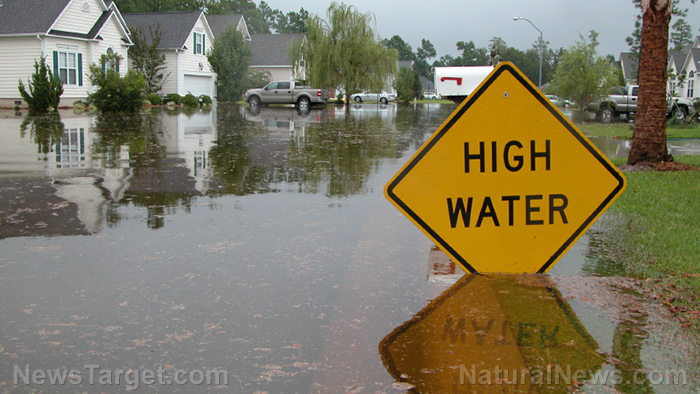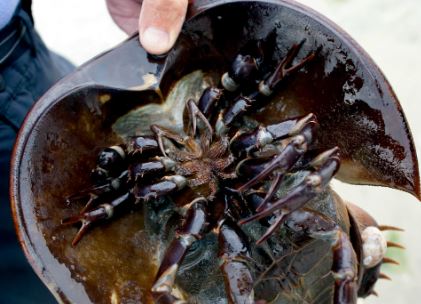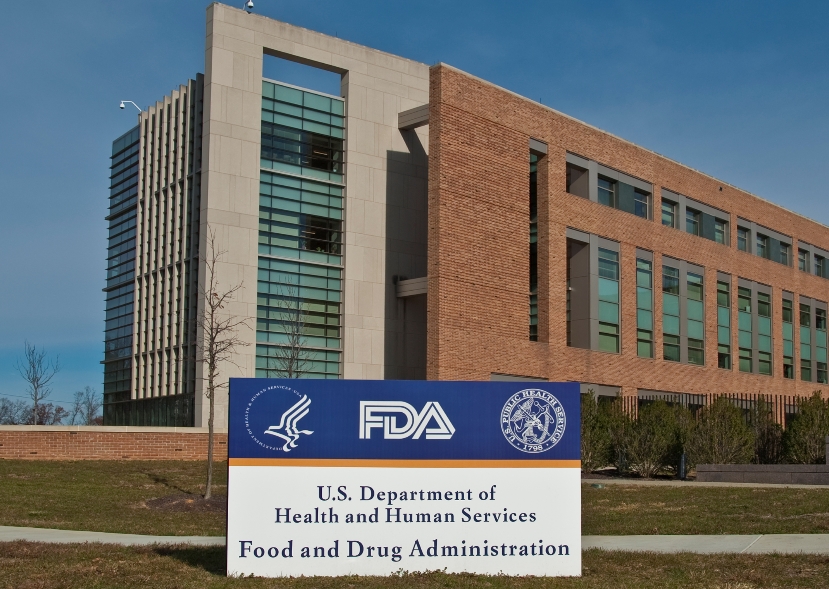
The Houston Chronicle reports that Josue Zurita, 31, a man who was helping residents rebuild their damaged homes, died after contracting necrotizing fasciitis, the second one to die from the infection contracted as a result of the hurricane.
The bacterial infection kills by spreading quickly through muscle tissue. Zurita died at John Sealy Hospital in Galveston Oct. 16, according to his family.
“It’s most likely this person’s infection occurred where bacteria from Harvey debris of floodwater entered his body through a wound or cut,” said Dr. Philip Keiser, the Galveston County Local Health Authority chief, in a news release. “This is a very rare infection that doesn’t make it any less heartbreaking for [his] family and friends.”
Zurita was a carpenter who had been working to repair scores of homes damaged by the hurricane.
Earlier this month, 77-year-old Nancy Reed died at Memorial Hermann Hospital in the Texas Medical Center on Sept. 15 after falling and cutting her arm in flood waters.
CNN reported that Zurita went to the hospital Oct 10 after experiencing a severely infected wound on his upper left arm. At the time he was diagnosed with necrotizing fasciitis.
In an obituary on the Galveston-based Carnes Brothers Funeral Home website, Zurita was described as a “loving father and hard-working carpenter who moved to the U.S. from Mexico to help his family, then “remained to help with the rebuilding after Hurricane Harvey.”
In addition to the deaths of Zurita and Reed, former first responder J.R. Atkins of Texas also contracted the flesh-eating bacteria but he managed to survive. He had been kayaking through floodwaters so he could check on some neighbors, and apparently, the bacteria entered his body through a mosquito bite on his arm.
When he got to the emergency room and was diagnosed, he was quickly admitted to intensive care. The infection was spreading so rapidly, however, that his heart was falling to critical levels.
“That was when I got concerned,” he said.
Through it all, he was given four different antibiotics and endured three surgeries to relieve pressure that had built up in his arm due to massive swelling. Also, surgeons had to debride the wound.
Health department officials warned that just because flood waters recede doesn’t mean the threat of contracting the bacteria recedes with it, at least not right away. The bacteria can still be present on anything that was touched by floodwaters.
“I think that’s the big misnomer, said Dr. Umair Shah with Harris County Public Health. “People think, ‘Oh, I don’t have water anymore, I’m not at risk.’”
The message for preppers is this: Flood waters can kill you, and even if they’ve gone, the risk remains for some time afterward. So you should be aware of that and prepare for it. (Related: Keeping preparedness simple: Tips from the Health Ranger.)
Health experts say that necrotizing fasciitis won’t begin unless there’s already an infection in your tissue — cuts, scratches, abrasions and, apparently, mosquito bites. Before going out in any floodwaters check yourself for any wounds.
When you do go out, make sure to cover as much of your body as possible, especially parts that are going to be in actual contact with contaminated water, with a waterproof barrier. What really works in these instances are rubber overshoes and overalls, a one-piece slip-on that will not only keep you dry but keep you safe as well.
Wearing gloves will also help, as well keeping your unprotected body parts out of the water. And never dip your head under contaminated water.
Understand that in a SHTF scenario you’re not going to have the luxury of a fully-staffed surgical suite and intensive care unit; if you contract this bacteria, you will die.
Sources include:
Please contact us for more information.























